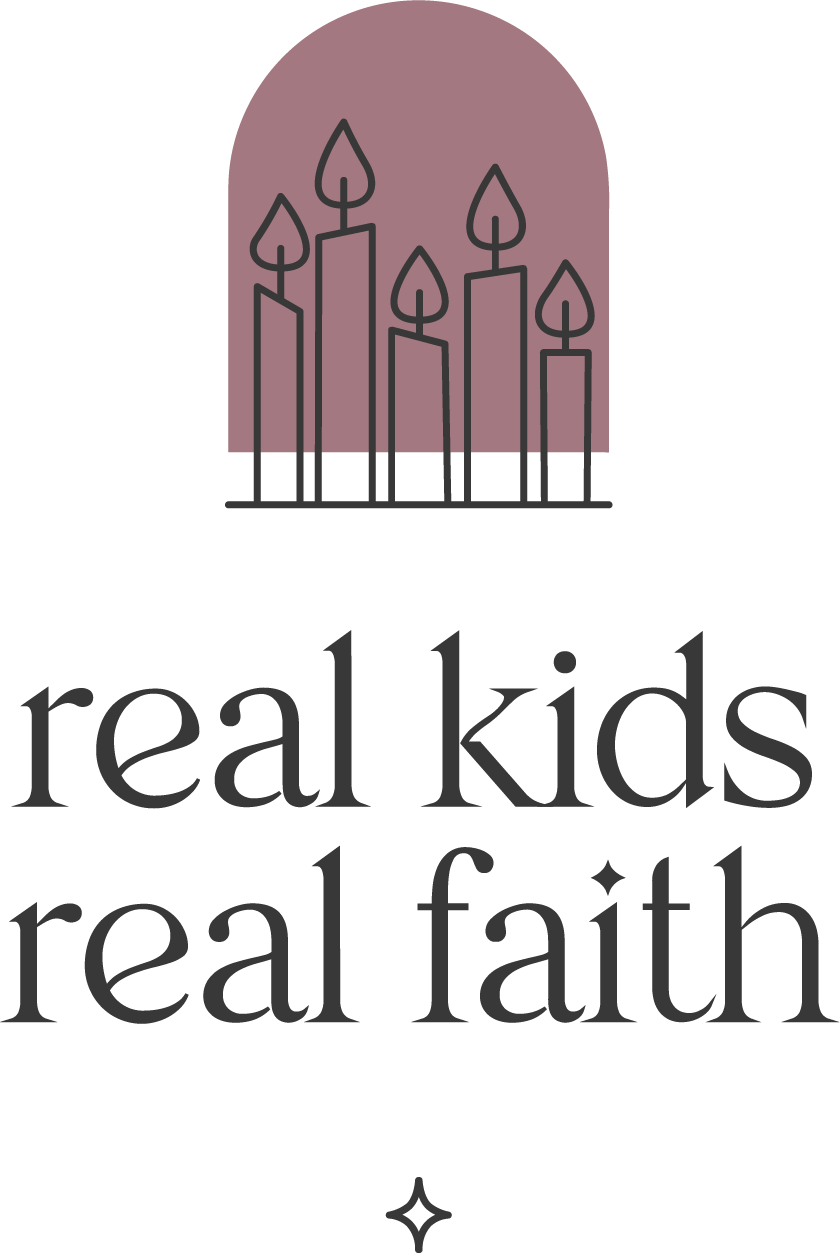My second child would become easily overwhelmed as a toddler. If we were shopping at the mall, she would start crying and want to go home. All the noise, sights, and smells would assault her senses until she seemed to just fall apart. I remember feeling equal parts anguish and annoyance when her wailing began. Anguish because I knew she was genuinely upset, and annoyance because I didn’t want her emotional fragility to prevent me from purchasing the items we’d come to buy.
Emotional regulation is a skill that children acquire over time. But, like many developmental skills, we do not have to wait for a child to figure it out on their own. Parents and caregivers can encourage social and emotional learning (SEL) through specific cues and practices. In fact, psychologists and educators say that fostering SEL from an early age is key to helping children lead happy and purposeful lives.
SEL focuses especially on cultivating a child’s emotional self-awareness. Children need to learn how to recognize and name their emotions, as well as how to manage and communicate them effectively. When we respond to a preschooler’s sudden cry at the sight of a strange dog by saying, “You seem afraid,” we are helping that child build an emotional vocabulary. And by stating the emotion as a possibility rather than a given, we leave space for the child to correct our assessment if we’re wrong: “No mommy, I’m mad. The doggy’s barking hurts my ears!”
Educator Lorea Martínez Pérez says this approach also teaches children to honor their emotions as friends who are trying to give them an important message. However, she notes that adults and other children sometimes communicate a different message: that some (or all) emotions are bad and must be suppressed or ignored. This can lead to children masking certain emotions and overexpressing others, which can harm relationships and undermine healthy spiritual development.
The best way to avoid sending faulty messages to children is to reflect on the messages we heard ourselves as children. Even though all children are neurologically wired to experience a wide range of emotions, many societies expect their members to conform to gender, class, or cultural norms of emotional expression. Boys have historically been told to avoid emotions that show weakness, such as fear or anxiety, whereas girls were free to cry or scream in fright. Ask yourself the following questions:
- What were the emotional gender norms when you were young?
- How were emotions handled in your childhood home?
- Did other people expect you to express yourself emotionally in certain ways because of your race or ethnicity?
Becoming more self-aware of your own SEL will help you decide which norms you want to pass on to your children and which you want to relinquish. For example, if your family of origin or cultural norms discourage expressions of anger and you disagree, experiment with respectful ways that you and your child can communicate socially taboo emotions. Saying, “I’m angry that you didn’t share the last piece of cake” communicates more directly than “I hate you!” and is more likely to preserve caring relationships, as does leaving the room to punch a pillow when frustrated rather than shouting “You make me sick!”

Comments